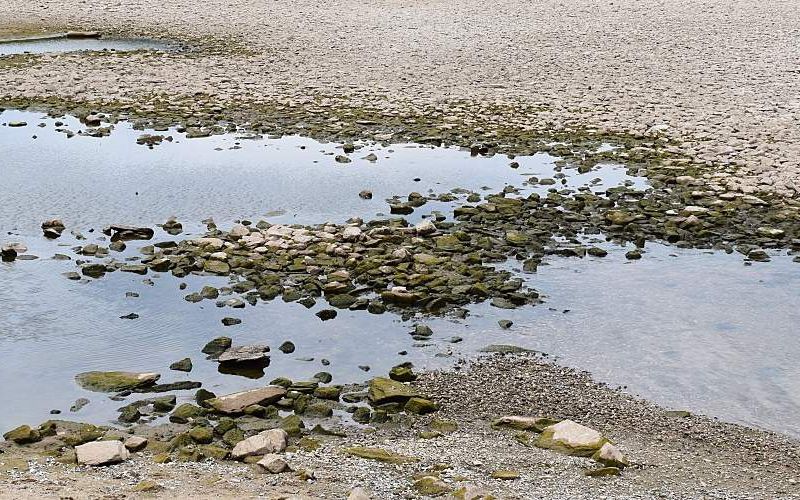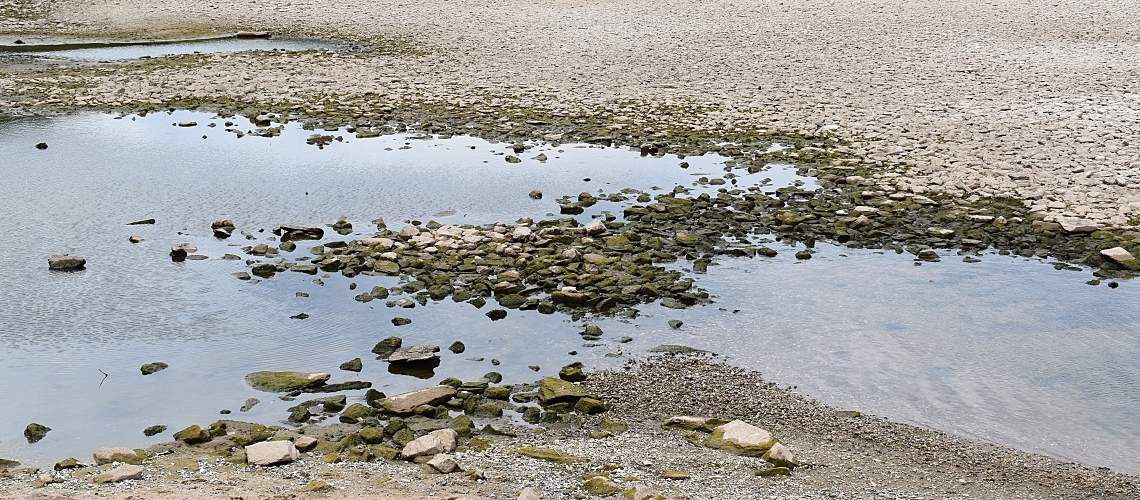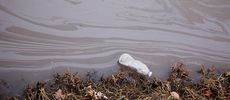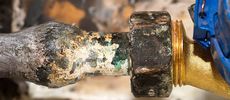Topping Up Groundwater Increases Testing Needs


To make up for increased dry years, regions around the world that typically source drinking water from rivers and other surfaces are topping up groundwater, says Helen Dahlke, a hydrologist and professor at University of California, Davis. Also known as water banking, topping up water consists of water management methods that recharge an aquifer using either surface or underground recharge techniques. The stored water is available for use in dry years when surface water supplies may be low.
Dahlke recently returned from a water sustainability conference in Spain, where she heard several encouraging case studies about water planning and inland regions' increased use of managed aquifer recharge (MAR) to top up aquifers.
Some ways to increase water caches include:
- Injecting reclaimed or highly processed wastewater via wells.
- Creating streams or ponds that spill into fast-draining soil.
- Constructing catchment systems for rainwater and stormwater to drain into the aquifer.
Dahlke talked with us about MAR and what it could mean for water testing labs.
Why Is MAR Being Used Inland Now?
Many regions in the United States and across the world rely heavily on groundwater for drinking water supplies. Many of these aquifers, particularly the alluvial ones [shallower and resulting from river or rainwater deposits], also have agriculture on top that uses the groundwater for irrigation. They're being overused. Because of the increase in weather volatility caused by climate change, many areas are recycling water or using more groundwater now to make up for dry seasons.
As a result, I've seen a huge depletion in groundwater reserves. In those areas, there's a growing interest to stop the overdraft and think about how we can either level out the groundwater table decline or recover some of the water tables and storage we have lost in those basins. That's where MAR comes in.
Successful MAR Case Studies
The Eastern Snake (River) Plain Aquifer in Idaho is an example of how MAR helped to rebound an aquifer basin. Since 2014, the program added an average of 260,000 acre feet per year [an acre foot is an area the size of a football field, covered by water a foot deep]. It's one of the few basins that has bounced back.
Kansas is one of the few states monitoring the agricultural use of its aquifer well. For the High Plains Aquifer, Kansas has meters on all groundwater wells to measure pumping. Through the data Kansas collects, they are able to know when the aquifer is being depleted at a certain amount per year. They set a goal to decrease pumping at that level, and farmers were involved in securing the goal.
In Europe, efforts are underway as well. In Italy and Cyprus, local areas talked about placing a cap on pumping and the types of crops to use to avoid depletion of groundwater resources.
How Does MAR Relate to Water Labs and Testing?
The EPA currently has a request for proposals to increase knowledge about MAR and to bring more attention to it. As this procedure of increasing water in aquifers becomes more common, we need to keep an eye on water quality.
In aquifer storage and recovery, water needs to be treated to tertiary standards to avoid contaminants. There's a shortlist of maybe 20 possible contaminants—including nitrates, salts, arsenic, chromium, and PFAS, about which we're still learning—for which we need to test groundwater.
In California, for instance, farmers are required to measure the nitrogen concentration in their wells each year to comply with the Irrigated Lands Regulatory Program specifications for groundwater monitoring since 2012. Most farmers don't know how to measure that, so they need testing labs to provide those services.
For water lab managers, it's vital to stay up to date on MAR and the need for well testing so that those who need water testing can stay compliant.






